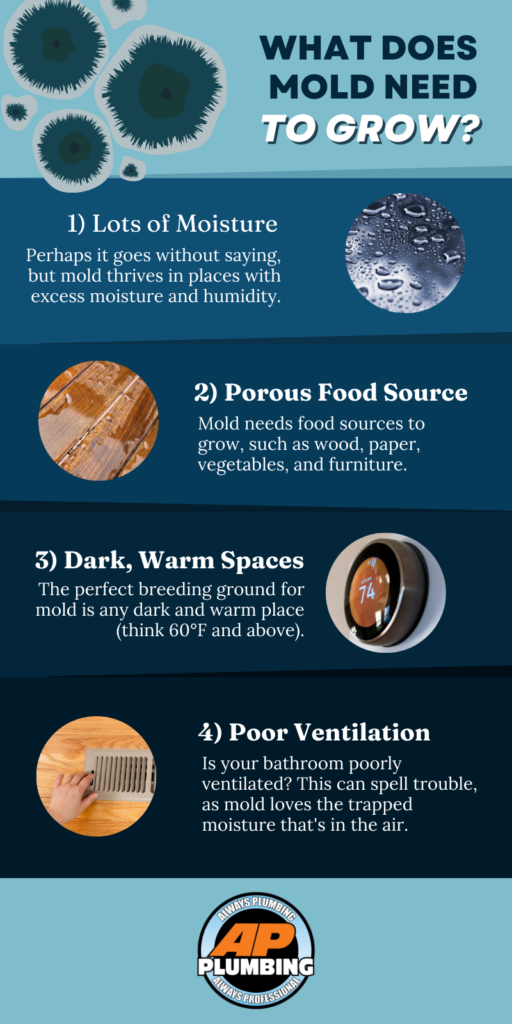Ever wondered why that lingering damp smell in your bathroom suddenly becomes a visible problem? Or why your forgotten orange in the fruit bowl transforms into a fuzzy science experiment so quickly? We're talking about mold, and understanding how fast it grows is surprisingly fascinating – and incredibly useful for keeping your home (and your health!) happy.
This isn't just about gross-out factor; knowing the mold growth timeline helps you proactively prevent it. Think of it as having a superpower against a sneaky, unwanted houseguest. The purpose of understanding this is twofold: first, to identify potential problems early on before they become major headaches. And second, to react swiftly and effectively if mold *does* start to make an appearance. The benefits? A healthier living environment, reduced allergy symptoms, and potentially saving a bundle on costly remediation down the road.
So, how fast does this microbial marvel actually reproduce? The short answer: surprisingly quickly. Mold needs a few key ingredients to thrive: moisture, a food source (pretty much anything organic), and a comfortable temperature. Give it these, and it's off to the races.
Typically, mold spores can begin to germinate and form visible growth within 24 to 48 hours under ideal conditions. That's right, less than two days! This initial stage might look like small, discolored spots. Ignoring these signs is a recipe for disaster.
Within 3 to 12 days, you'll likely see more significant mold colonies developing. This is when you'll start noticing that characteristic musty odor. The color of the mold will also become more distinct, ranging from white and green to black and brown, depending on the species.
After 12 to 18 days, the mold will likely have spread considerably, especially if the moisture source hasn't been addressed. At this point, professional remediation might be necessary, particularly for larger infestations or if you're dealing with toxic mold species.
However, remember that these are just general timelines. Several factors can influence the speed of mold growth. Humidity levels are crucial; the higher the humidity, the faster mold will grow. Temperature also plays a role; mold generally prefers warmer temperatures, but some species can thrive in cooler environments. The type of material the mold is growing on also matters; porous materials like drywall and wood provide ideal food sources.
What can you do to slow down or prevent mold growth? The key is to control moisture. Fix leaks immediately, ensure proper ventilation in bathrooms and kitchens, use a dehumidifier in damp areas, and clean up spills promptly. Regular cleaning and maintenance can also go a long way in preventing mold from taking hold.
In conclusion, understanding the timeline of mold growth empowers you to take control of your indoor environment. By addressing moisture problems promptly and maintaining a clean and dry home, you can keep those pesky mold spores at bay and enjoy a healthier, happier living space. So, be vigilant, be proactive, and remember: a little prevention goes a long way!





